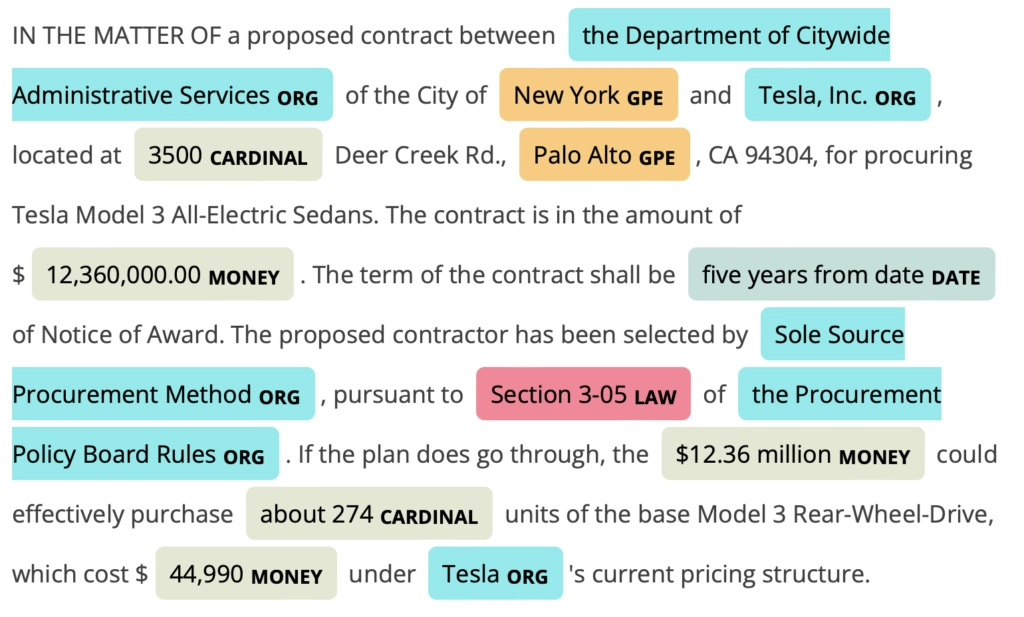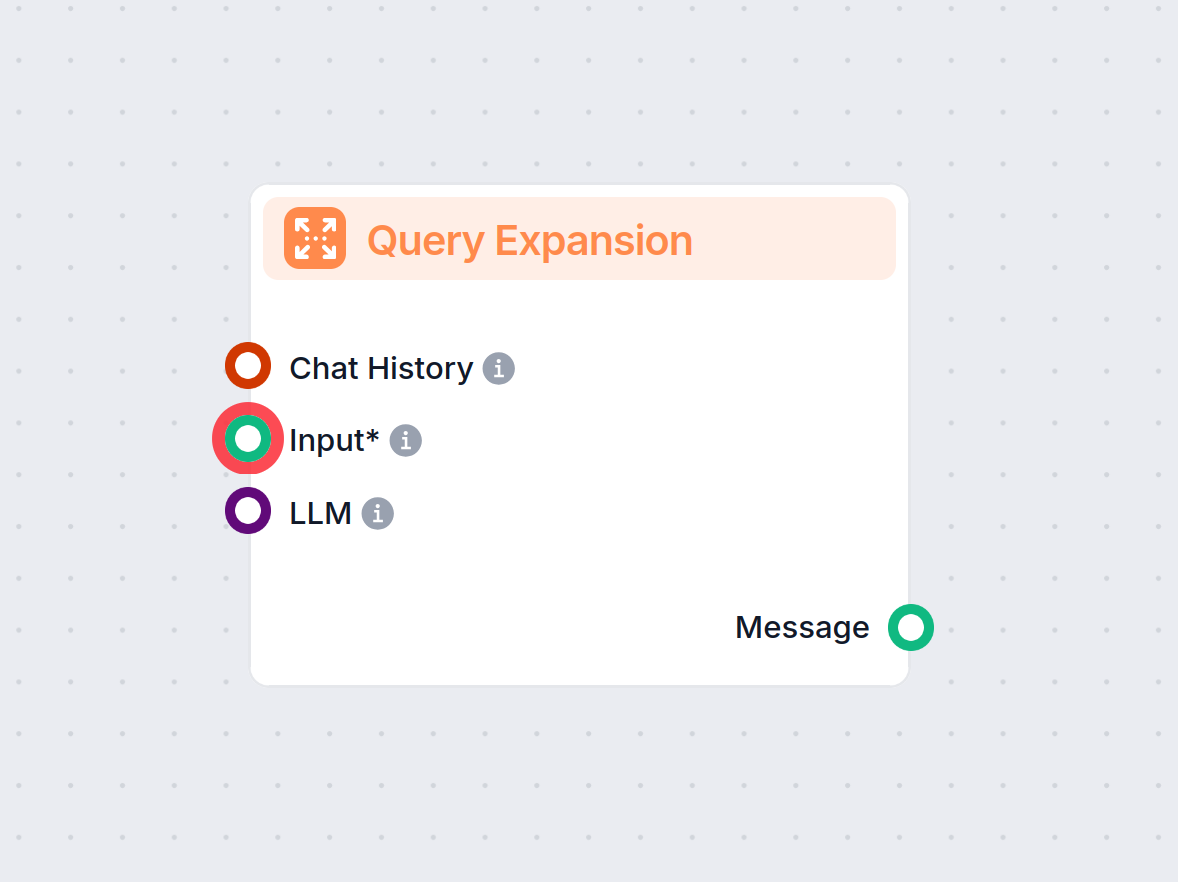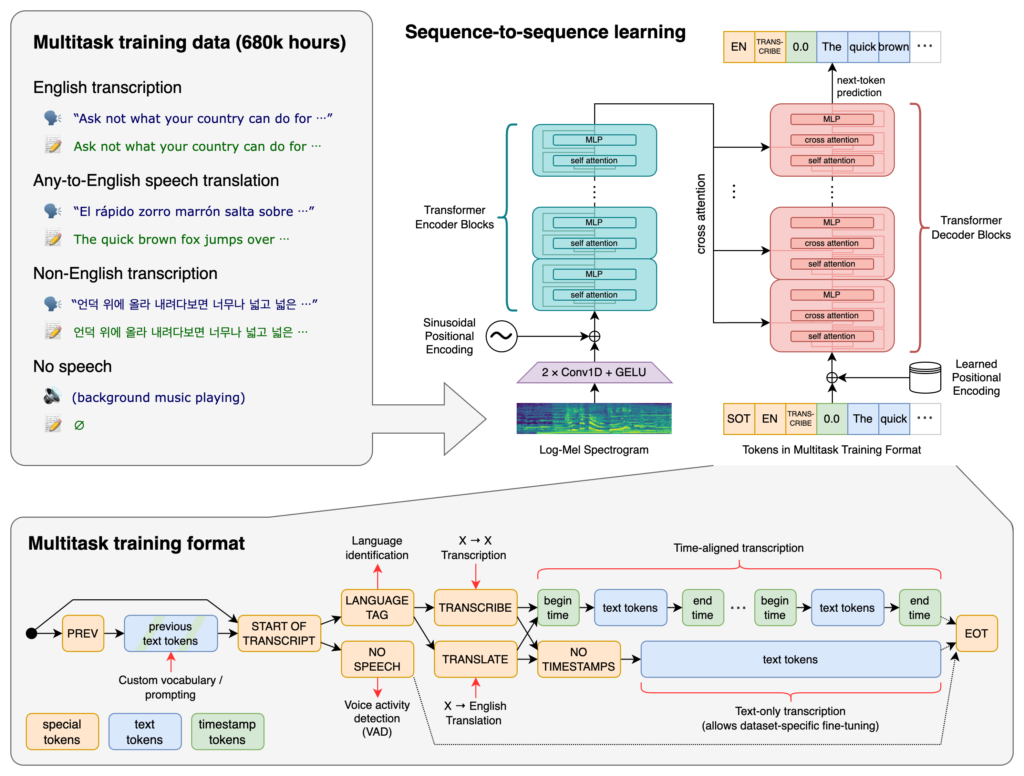
AI-Based Student Feedback
AI-based student feedback leverages artificial intelligence to deliver personalized, real-time evaluative insights and suggestions to students. Utilizing machin...
AI-based student feedback leverages artificial intelligence to deliver personalized, real-time evaluative insights and suggestions to students. Utilizing machin...
Discover how Ask Engine Optimization (AEO) shifts the focus from traditional SEO to providing direct answers for users, optimizing for AI and voice search with ...
Deep Learning is a subset of machine learning in artificial intelligence (AI) that mimics the workings of the human brain in processing data and creating patter...
The Flesch Reading Ease is a readability formula that assesses how easy a text is to understand. Developed by Rudolf Flesch in the 1940s, it assigns a score bas...
What is a Heteronym? A heteronym is a unique linguistic phenomenon where two or more words share the same spelling but have different pronunciations and meaning...
A metaprompt in artificial intelligence is a high-level instruction designed to generate or improve other prompts for large language models (LLMs), enhancing AI...
Find out more about Mistral AI and the LLM models they offer. Discover how these models are used and what sets them apart.
Named Entity Recognition (NER) is a key subfield of Natural Language Processing (NLP) in AI, focusing on identifying and classifying entities in text into prede...
Natural Language Processing (NLP) enables computers to understand, interpret, and generate human language using computational linguistics, machine learning, and...
Natural Language Understanding (NLU) is a subfield of AI focused on enabling machines to comprehend and interpret human language contextually, going beyond basi...
An ontology in Artificial Intelligence is a formal specification of shared conceptualization, defining classes, properties, and relationships to model knowledge...
Query Expansion in FlowHunt enhances chatbot understanding by finding synonyms, fixing spelling errors, and ensuring consistent, accurate responses for user que...
A token in the context of large language models (LLMs) is a sequence of characters that the model converts into numeric representations for efficient processing...
OpenAI Whisper is an advanced automatic speech recognition (ASR) system that transcribes spoken language into text, supporting 99 languages, robust to accents a...



